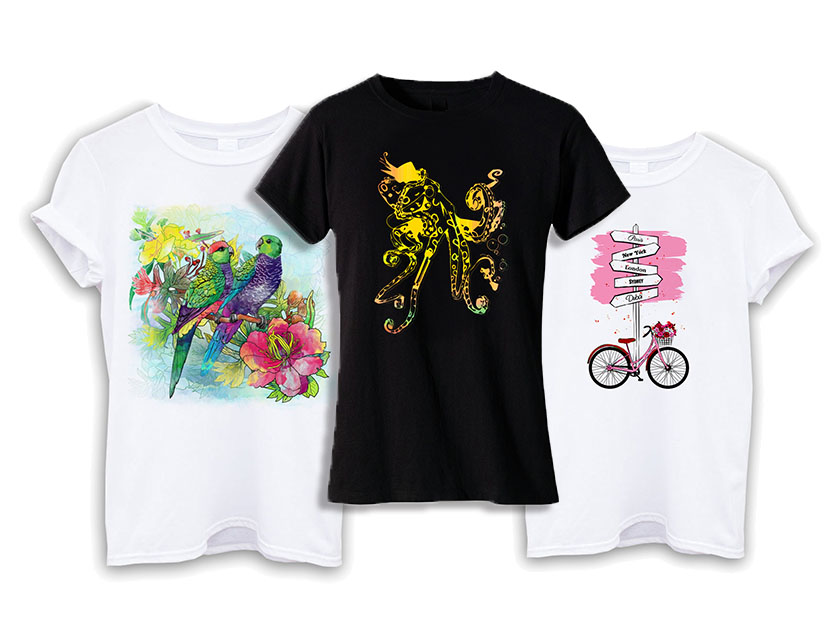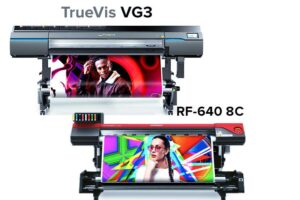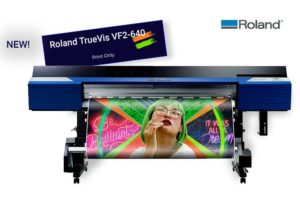Today, through DTG technology you can print on a huge range of fabrics. Above all, the most popular ever is cotton. With no doubt, a screen-printed image lasts longer on it.the contrary, DTG is unbeatable in the versatility of personalization. Printing beautiful colors and long-lasting images, finishing and sales preparation are always a challenge. In T-shirt printing, there are several aspects to consider for the best results.
1. Planning your business:
– Prepare a thorough business plan to calculate the return of your investment. Or, ask your supplier to provide you with a customized one.
– Invest in a printer which will bring your money back. A cheap machine might be expensive in the long term. Industrial DTG printers
– Make sure you have a good designer on your side. Your business will fail if you neglect this crucial point.
– Don’t save on supplementary equipment. This will make you independent and flexible.
2. DTG printing essentials
– Get the right RIP software to achieve the highest quality prints. Match colors.
– Ensure to print optimized white under base, thus saving on white ink cost – again, software issue.
– Use pre-treatment for light textiles too and get saturated and vivid colors.
3. Choosing fabric quality:
Generally, some of the T-shirts are softer than others. For sure, it depends on the fabric composition and finishing technique. So, the cotton blend, besides enzyme treatment and proper shrink control, delivers the final touch quality:
– Go for pre-shrunk, combed cotton T-shirts. Otherwise, hot drying will cause unwanted shrinking. A good quality T-shirt will maintain its size during the numbers of cold washes.
– If you run a short-term T-shirt printing promotional project and print onto inexpensive, untreated fabric, follow carefully the washing and drying instructions. Inform your customers about those too.
4. Pre-treatment of the garment
– Pre-treatment is time-consuming and messy, but it can increase significantly your sales.
– Use proven pre-treatment liquid for better color performance.
– Use a pre-treatment station/ machine. In this way, you get the same quality at each print. Check available options here
– The pre-treatment roller is an entry-level compromise. Still, it does the job for single prints.
– Use enough drying time for fixing the pre-treatment into the cotton fabric.
– Apply heat and pressure, in case you are using a heat press.
– Print the pre-treated garment stock within 1 month, after that the printing quality may decrease.
5. Fixing a DTG print
– Dry the print in a tunnel/ conveyor dryer. Belt dryer rather than a heat press is optimal. With a dryer production system, you have everything in one large space.
– Usually, there the drying takes 2,5 minutes at 165 degrees.
– After the shirt is dried, use a heat press equipped with a soft silicone mat. Apply heat and pressure to smooth out the printed area.
– Depending on the number of printers, using only heat presses may be also a solution. Heat presses can be placed in different production places, so they provide flexibility in terms of space optimization.
6. Conveyor dryer/ heat press recommended characteristics:
– Dryer length varies, optimal is between 3-4 meters.
– Recommended dryer width is a minimum 100 cm.
– Heat press pressure/ temperature/ control/ is also essential: 180 degrees at a well-adjusted pressure. SEFA premium range
7. How to wash and dry a printed T-shirt
– Wash at maximum 40 degrees C.
– Do not bleach.
– Wash and dry inside out.
– Never use a brush.
– Dry far from sunlight, especially low-quality cotton.
– Tumble drying is ok, read and follow machine instructions.
8. Ironing a DTG print
– Use low or medium heat.
– Don’t iron on prints
9. Folding and packaging the production
– You can set up a packaging station as a final step of the production line. So the orders get reviewed per shirt quantity, style and color. Thus, you can add a quality control point. The production can be precisely folded, labeled and placed in a bag. A packing list can be printed from your system.
Dekken T-Mini compact garment folding machine
10. Label printing
An example: DST – Digital Screen Printing Technology
There are various ways to print labels for the ready garment.
Our recommendation is to consider Roland Print&Cut printer. It will help you not only to print the labels but will also bring additional possibilities. Like printing and cutting hot transfers and others.
11. Selling online
A professional online selling software platform will save you money and will help you fantastically run your T-shirt printing business. It has automated features to:
– Save and repeat ripped jobs for later use,
– Keep track of fabric colors and sizes,
– Manage customer database for one-step order completion.





5 thoughts on “11 top tips for setting a T-shirt printing business”
Thanks for any other informative blog. The place else could
I am getting that type of info written in such a perfect method?
I have a undertaking that I’m simply now running on, and
I have been on the glance out for such information.
Hello,
Thanks for your feedback. You can ask for specific info. We are here to help.
Six Colors
Thanks for another fantastic article. Where else could anybody get that kind of information in such a perfect method of writing?
I have a presentation next week, and I am on the look for such info.
Hello,
Thanks for your feedback. You can ask for specific info. We are here to help.
Six Colors
What a professional article! Thank you for sharing so essential knowledge.